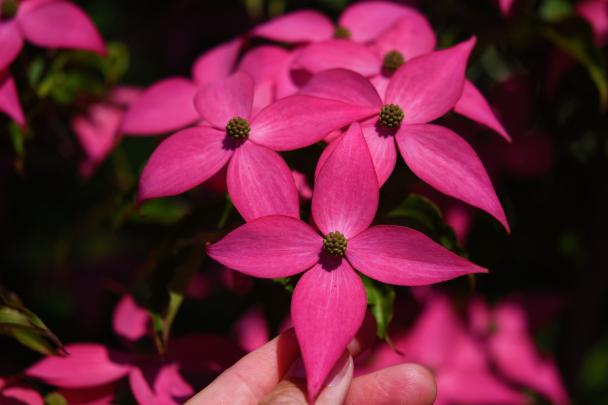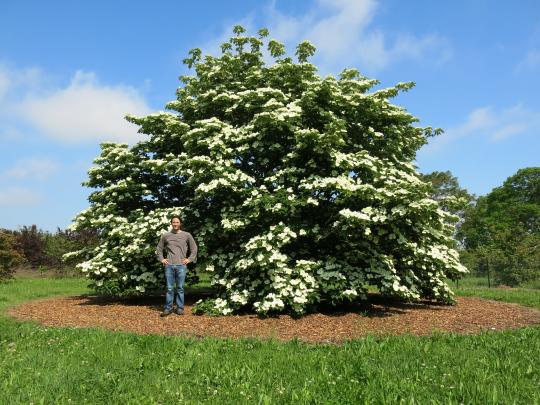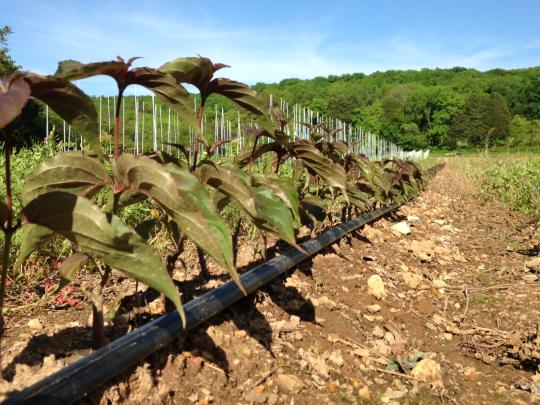Rutgers Dogwood History
Rutgers Dogwood History
During the 1970's, native American dogwoods, Cornus florida, were under serious attack from insects and diseases and the future of dogwoods used by landscapers was in jeopardy. Of concern was widespread infection of dogwood anthracnose that resulted in extensive damage to trees in both native woodlands and with ornamental dogwoods. Additionally, the dogwood borer was causing serious problems to the health of the American dogwood.
To address concerns for use of dogwoods in landscapes, Elwin Orton had a plan to cross-breed the native American dogwood tree with the hardier Asian species, Cornus kousa, commonly called Kousa dogwoods, producing a new and unique hybrid tree. As a result of this strategy, along with Dr. Orton's plant breeding skills and patience, he was rewarded with a much improved dogwood tree.
After much evaluation and experimentation, the first series of Rutgers hybrid dogwoods was released in the early 1990s, including Aurora®, Constellation®, Stellar Pink®, Celestial®, Ruth Ellen®, Stardust®, and Wonderberry. Dr. Orton continued his research and hybridization to improve commercial dogwood trees. Cross-breeding with the Kousa dogwood and Cornus nuttalli produced the hybrid Jersey Star® series of varieties that were commercially released in 2004, the first two new varieties being Venus® and Starlight®. These new varieties are extraordinarily robust and are distinguished by very attractive large white flowers. Scarlet Fire® became the newest member of the Rutgers hybrid dogwood family in 2016 when Thomas Molnar finished the project Dr. Orton started.
How to Grow
For best success with planting, it is suggested digging a hole 3 times the size of the root ball (container). When the tree is in the ground, the top of its root ball must be on the same level as the surrounding area. Planting too deep is a mistake and can affect how well your tree establishes. In most situations, adding plenty of peat moss around the root ball is desirable. If your soil is poorly drained - add drainage, plant the tree a little higher, or add some sand so the root ball will not become overly wet from a poorly drained situation.



